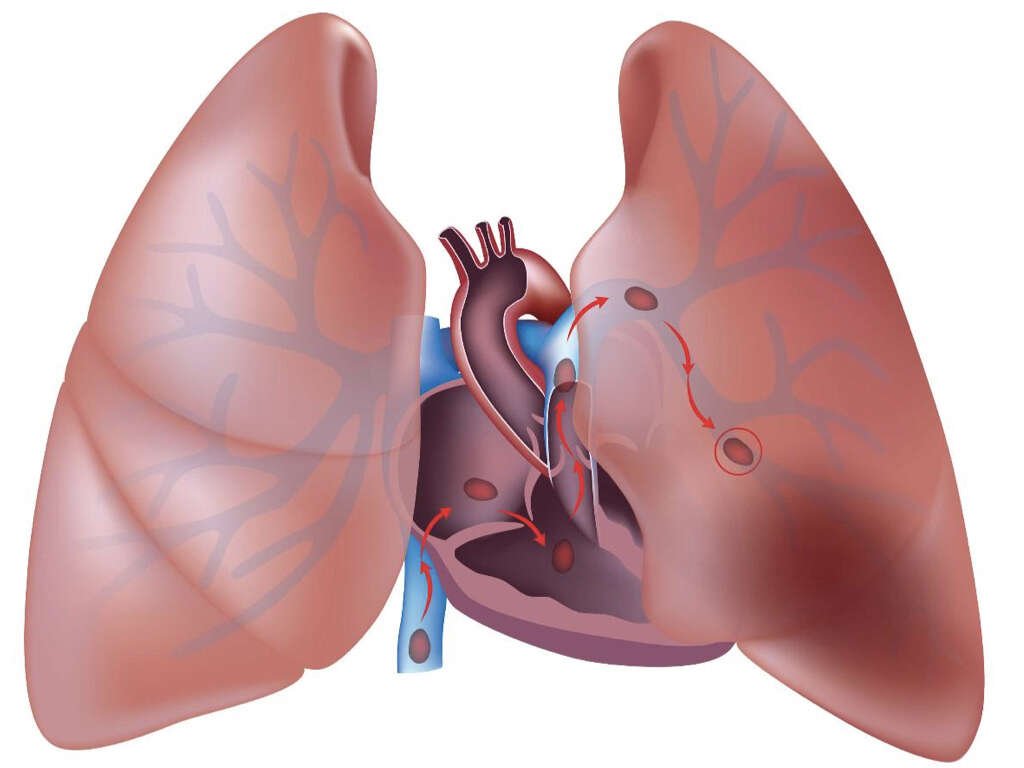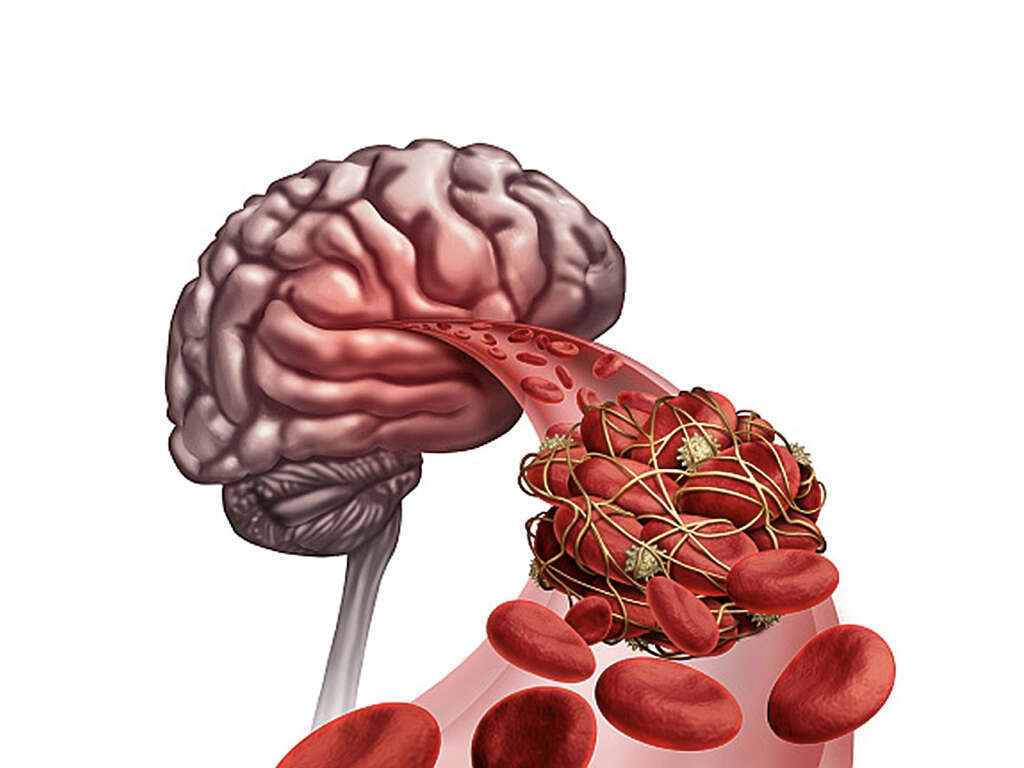What Is a Pulmonary Embolism?
7. Investigations and Prevention
Some of the tests and imaging that can be performed include ischemia modified albumin levels, arterial blood gases, white blood cell count, troponin levels, venography, angiography, brain natriuretic peptide, chest radiography, computed tomography (CT), ventilation perfusion scanning, magnetic resonance imaging (MRI), electrocardiography, echocardiography, and duplex ultrasonography.
When patients with risk factors are admitted, they can receive medication that reduces the likelihood of pulmonary embolism such as low molecular weight heparin, unfractionated heparin, and anti-thrombosis stockings. Long-term aspirin also helps to prevent the recurrence of pulmonary embolism.
Advertisement











